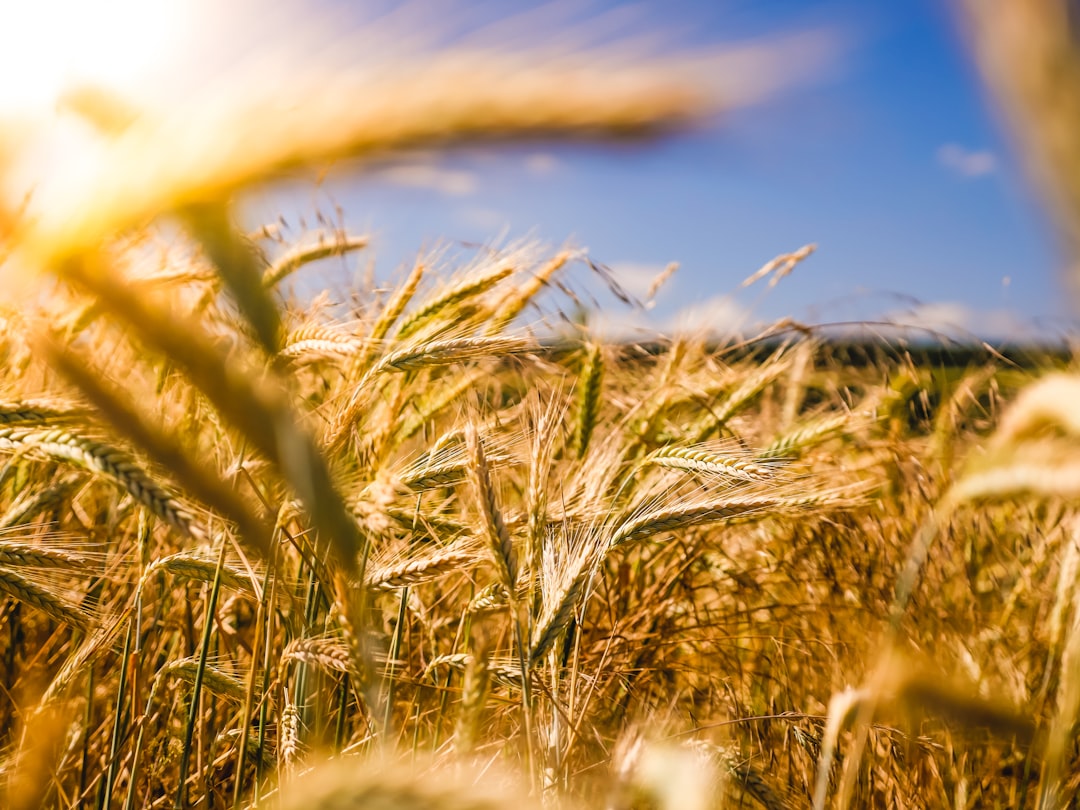What is it about?
Increased rice grain production is vital for Asia to ensure food security. The exploitation of heterosis in rice by planting F1 hybrids was claimed as the reason for increased grain production in China. Such a claim has intrigued the international agencies to support the development of hybrid rice technology in Asia. This led to development and evaluation of F1 indica hybrids in the All India Coordinated Rice Improvement Program. The 32-year yield data was analyzed in 2070 F1 hybrids from 2376 experiments in irrigated ecosystem. The genetic gain or loss in yield of hybrids estimated over the test duration was non-significant. Hybrids produced mean yields not exceeding 10 Mg ha-1 that were attained by inbred cultivars since 1968. Hybrids produced 10% more yield than inbreds in only 672 experiments. India-bred hybrids maturing in 110-120 days produced mean grain yields of 7-8 Mg ha-1 and showed higher rice productivity (62 to 63 kg day-1 ha-1).
Featured Image

Photo by Dmitry Osipenko on Unsplash
Why is it important?
Even the efficient green super rice of China when tested in Punjab, India with local inbred rice produced similar yields. Therefore, any genetic gain or loss for grain yields in new genotypes developed in experiments can be estimated only when inbreds produce their attainable yield recorded previously.
Perspectives
Indian farmers will continue to grow the less expensive, easy to develop and cultivate inbred cultivars till superior F1 hybrids are developed.
Gogineni S Varaprasad
Read the Original
This page is a summary of: Grain Yield Performance of Hybrid Rice in Relation to Inbred Cultivars in Long‐term Multi‐Environment Tests in India, Crop Science, March 2022, Wiley,
DOI: 10.1002/csc2.20747.
You can read the full text:
Contributors
The following have contributed to this page










